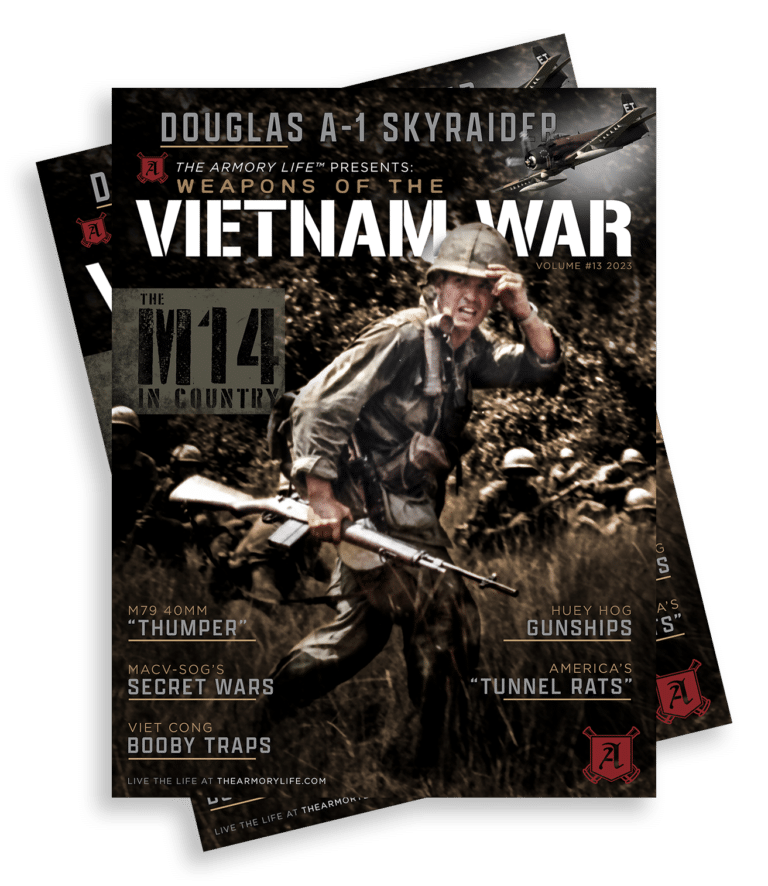Small Arms of the Viet Cong
October 26th, 2021
8 minute read
At the heart of the conflict, Vietnam was an infantry war. Violent small unit actions represented the greatest number of engagements over the course of the war. In that light, the personal weapons of the combatants took on even greater importance.
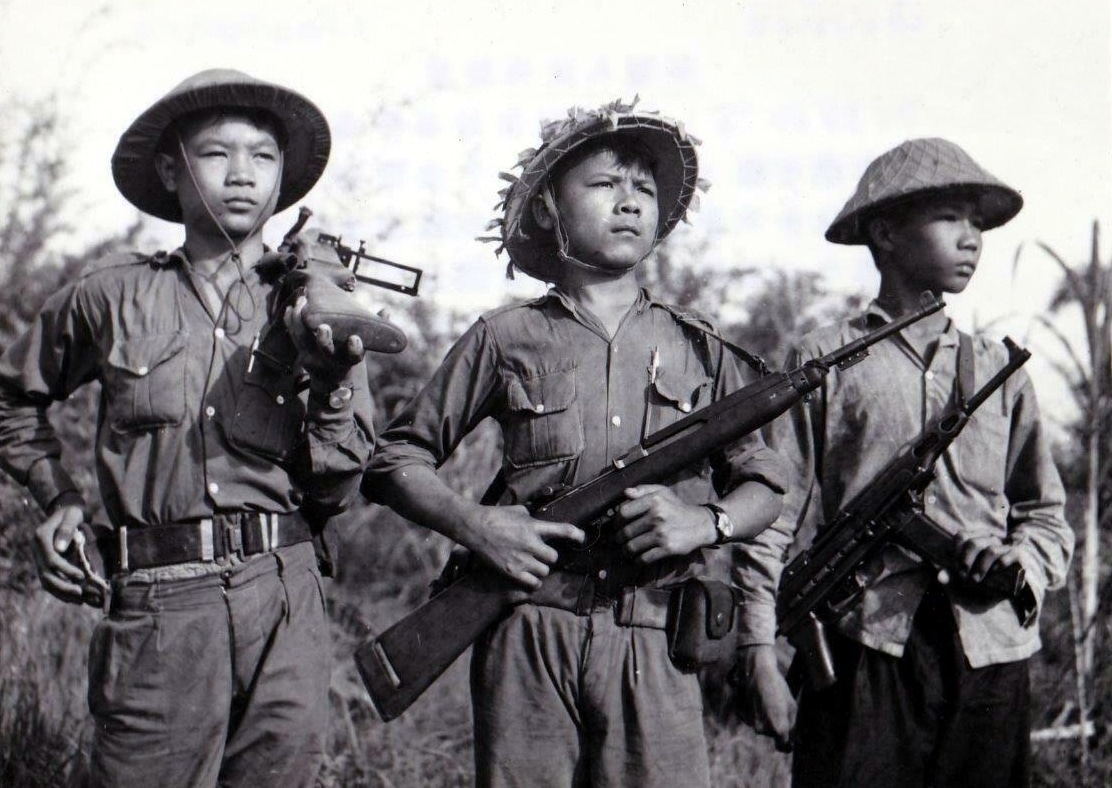
The Vietnam War saw the latest small arms in action alongside firearms that had served since World War I. The conflict also witnessed the first widespread use of modern selective-fire rifles (sometimes called assault rifles), particularly the AK-47 and the M16. Nearly 60 years later, those same rifles and their descendants continue to dominate battlefields around the world.
Still Deadly
Several years ago, I was collecting images for a book about small arms used in the Vietnam War. I shared them with a wise old gunsmith and told him about my surprise at the variety, and age of many Viet Cong firearms. He quickly schooled me on the long-lasting effectiveness of rifles made since the advent of metallic cartridge arms. The deciding factor, as always, is the dedication and ability of the person pulling the trigger.
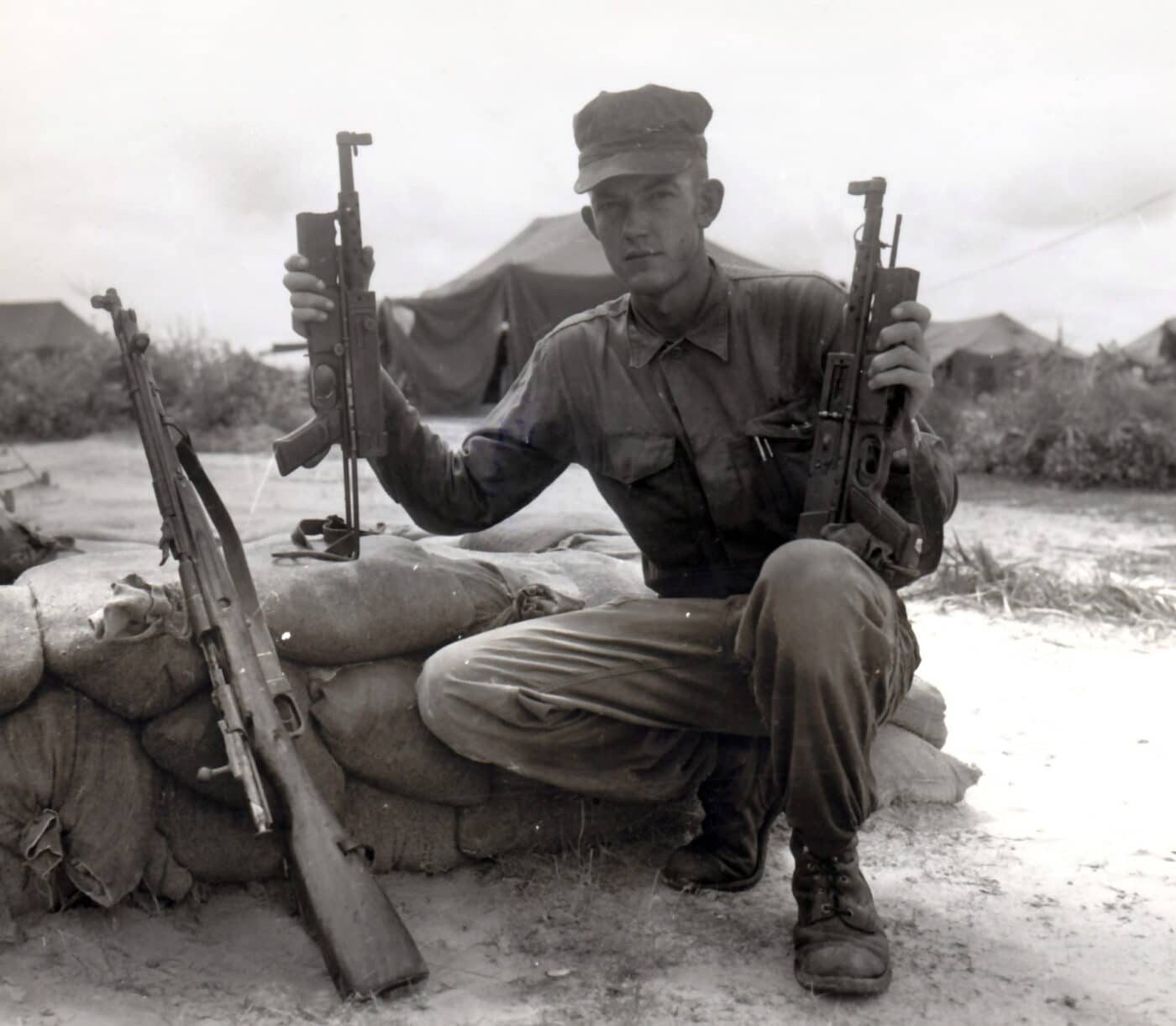
American troops found that was a defining element of the Viet Cong (VC) guerrilla. In the earliest days of U.S. involvement in Vietnam, their VC opponents seemed ragged and often equipped with a bewildering array of small arms that constituted a logistical nightmare.
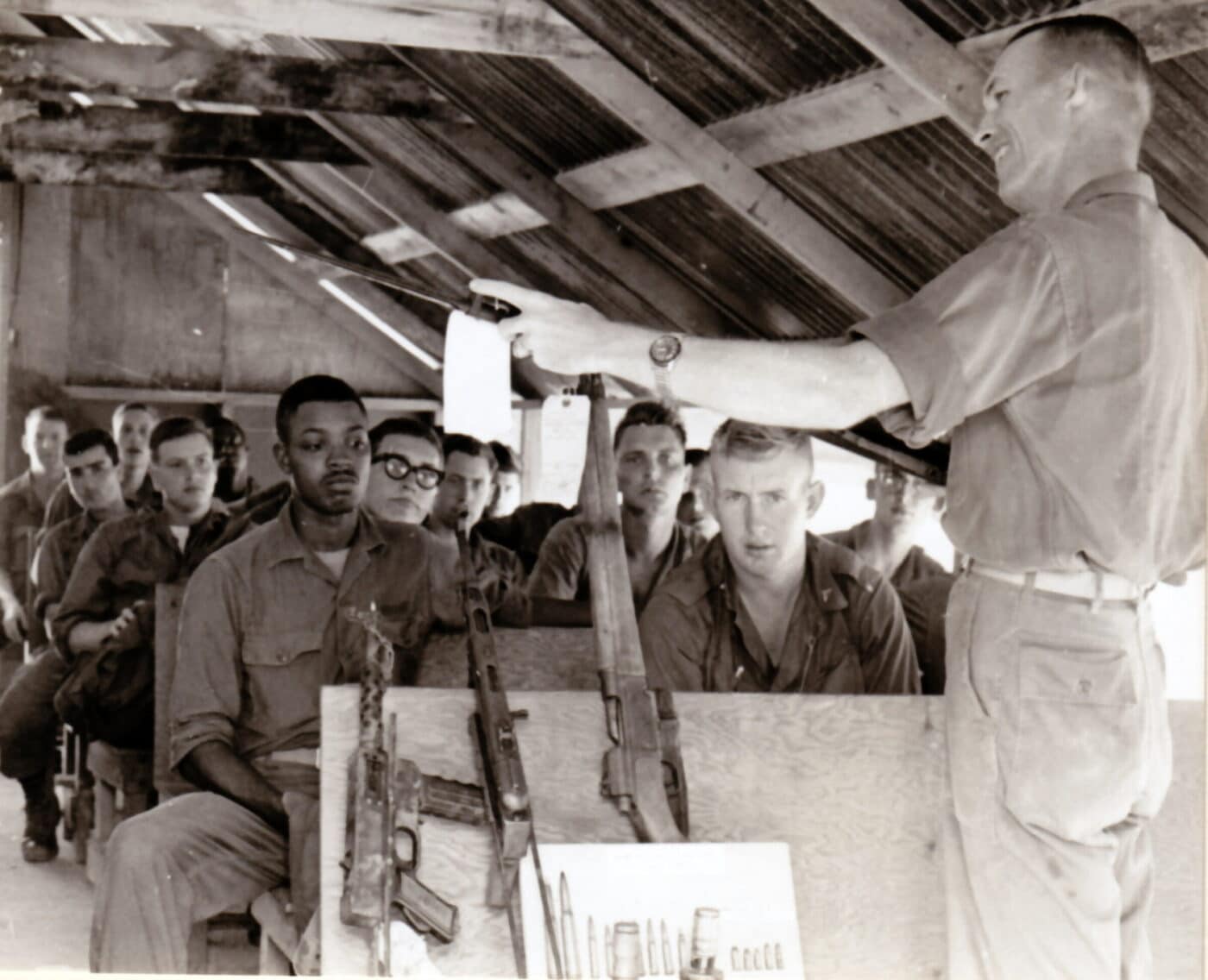
A January 1966 report compiled by the intelligence section of the 173rd Airborne Battalion denoted the weapons they captured from their Viet Cong opponents in “Operation Crimp”:
- 4 Chicom 12.7mm AA MG
- 2 60mm mortars
- 2 Chicom K-50 SMG
- 4 French MAT-49 SMG
- 1 French 7.5mm LMG 1924
- 1 Czech 7 .92mm LMG KB30
- 6 French MAS-36 rifles
- 4 Russian Model 1891/30 rifles
- 2 Chicom AK-47
- 31 Chicom M44 carbines
- 2 Home-made carbines
- 1 Home-made shotgun
- 13 German Mauser M98
- 1 US 57mm RR
- 1 US BAR
- 3 US M3 SMG
- 4 US M1 rifles
- 1 US Springfield M1903 rifle
- 2 US Enfield M1917 rifles
- 2 US cal 45 Thompson SMG
- 2 US M1 carbines
- 1 US M2 carbine
That would be an impressive list of weapons for a well-stocked military museum, but to keep them all combat-ready in the harsh environment of Southeast Asia required a Herculean effort. Regardless of the logistical complexity to feed and maintain that variety of weapons, the VC could make them all work with killing effect.
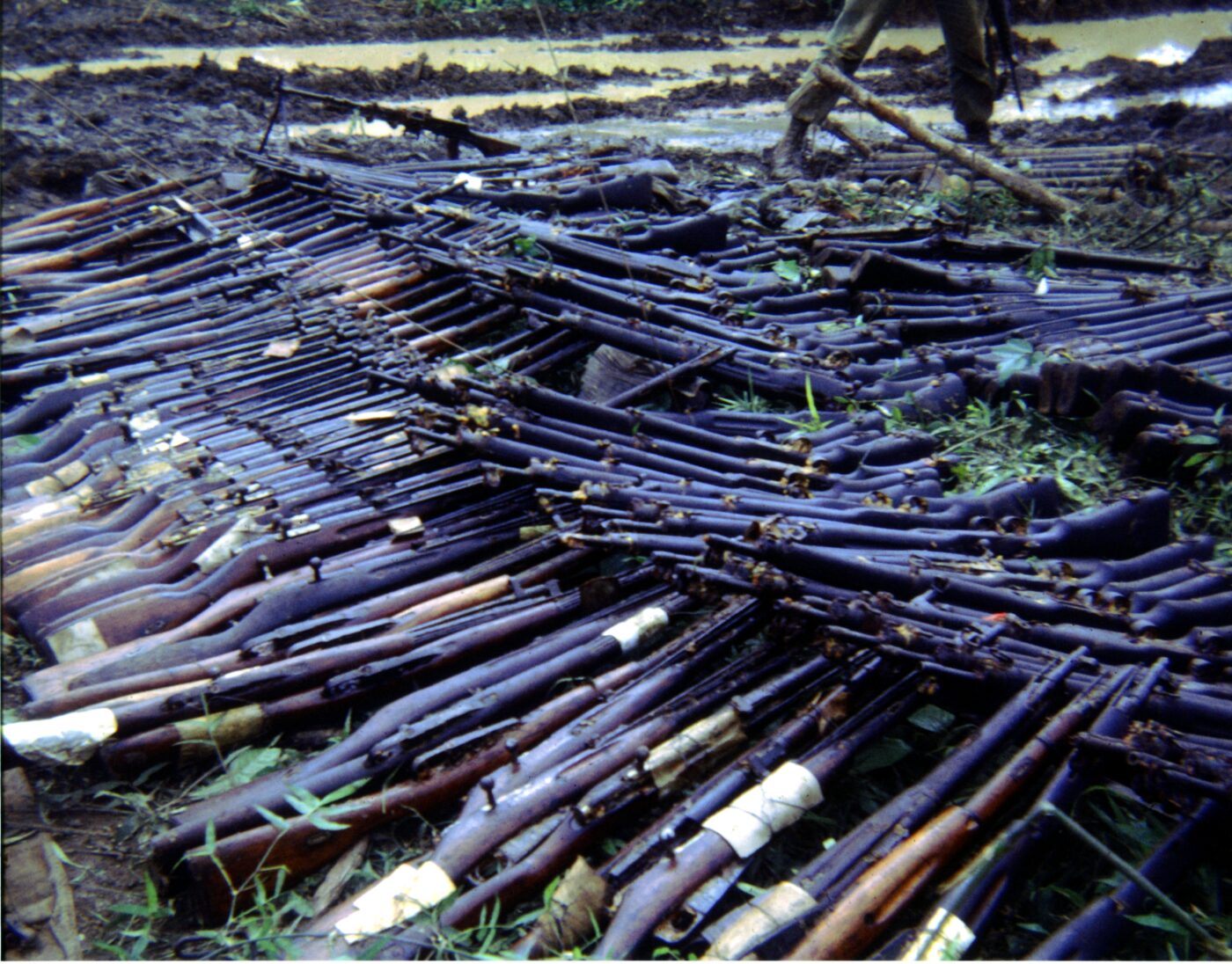
Defining the Viet Cong
A 1966 report from the US 25th Infantry Division offers a succinct and accurate description:
The Main Force VC is a full-time soldier. He may have gained combat experience against French, ARVN, or US Forces, or he may be a recent recruit from the local forces. He is usually well-trained and equipped…He may carry a variety of weapons, usually of US, French, German, Russian, or Chinese origin. His ammunition is obtained from local caches…
Engagements with the Viet Cong forces indicate that they are fairly-well trained, organized and adequately equipped for their mission. Marksmanship has generally been excellent…The enemy’s general tactic is the ambush, employing mortars, machine guns and rifle grenades.
The VC as an Enemy, US 25th Infantry Division
The VC suffered significant casualties in their early engagements with American forces, reeling from the power of U.S. air assets, armored vehicles, artillery and overall mobility. But their ability to melt away into the jungle bought them critical time to regroup, retrain and re-equip.
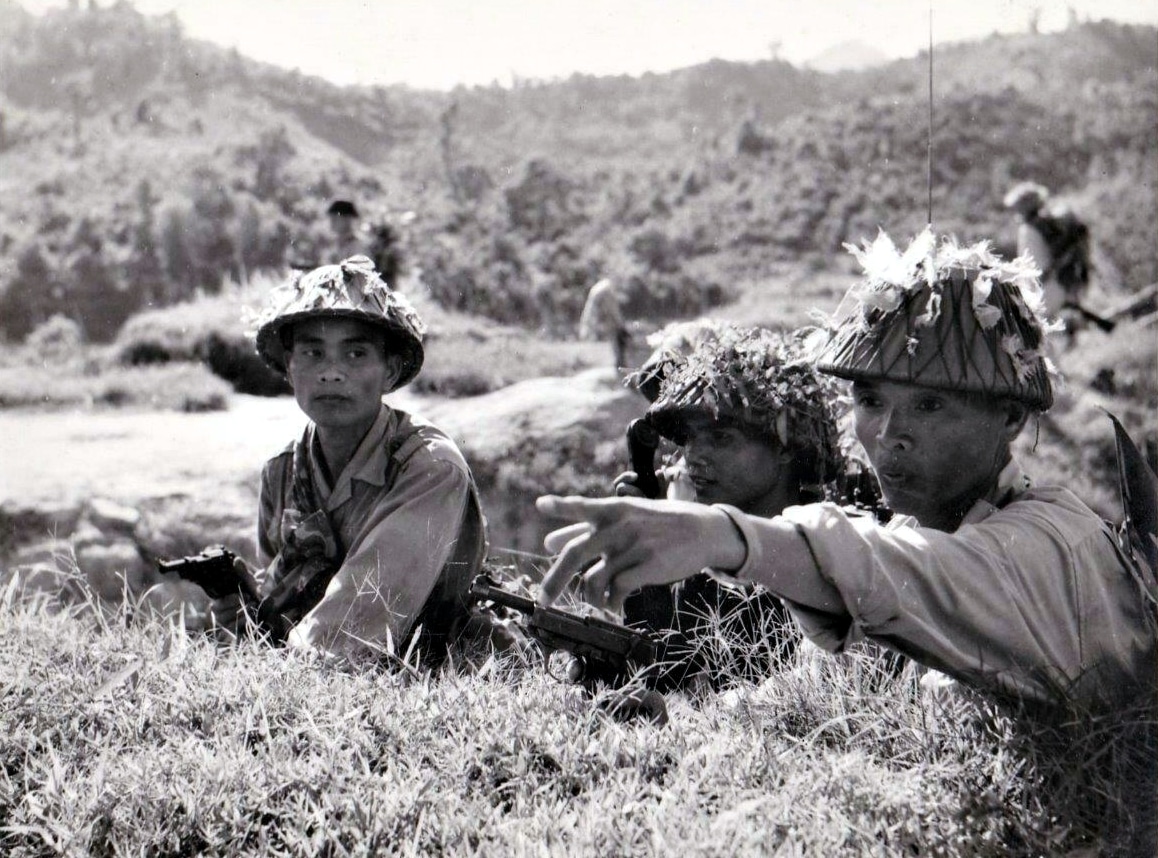
The VC main force replaced their manpower losses, bringing in new troops with better training, and equipping them with updated weapons that shared the same 7.62x39mm ammunition, including the SKS carbine, the AK-47 (and Chinese Type 56) rifle, and the RPD light machine gun.
A December 1967 U.S. Army report noted that the main force VC battalions had reached roughly the same level of manpower and firepower as an American battalion. In the next month, the widespread Viet Cong attacks across South Vietnam would leverage that new firepower during the Tet Offensive beginning in January 1968.
Viet Cong Snipers
In many combat situations, the VC were active in harassment, delaying actions, and most commonly, ambushes. To this end, sniping was extremely important to them, regardless of the weapons they had on hand for the job. This passage from a 1967 U.S. Army lessons learned report describes VC sniper tactics and equipment:
The Viet Cong are very skillful in sniping from well camouflaged tree and ground positions…
Main Force Viet Cong and NVA snipers are bolder and possess better weapons, often complete with sniperscope. This type of sniper will allow forces to closely approach his position before engaging them. Obviously, the latter sniper is more effective and casualties are higher for opposing forces.
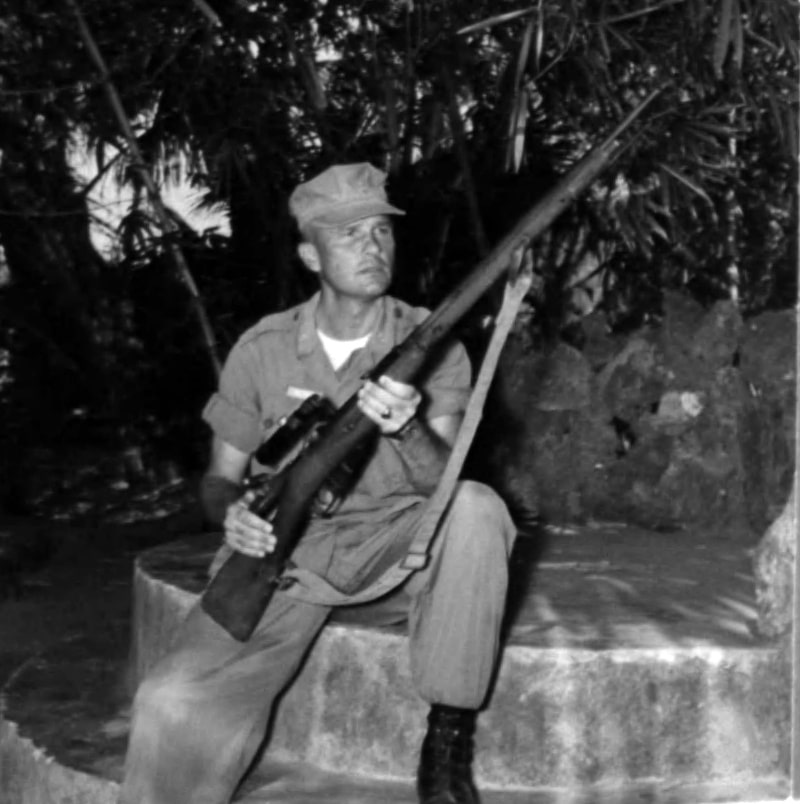
The best communist snipers in Vietnam were equipped with the Soviet Mosin-Nagant M1891/30 rifle fitted with a 3.5×21 PU scope. It was a highly accurate rifle, chambered in 7.62x54R, and had been used successfully since WWII. But there were never enough of them available to meet the VC needs for dedicated sniper weapons. Even without a scoped rifle, many VC marksmen performed well as snipers using a wide range of rifles, including the French MAS-36, the US M1917 Enfield, and the SKS carbine.
The Viet Cong Arsenal
Let’s take a look at some of the common firearms in the VC arsenal by category.
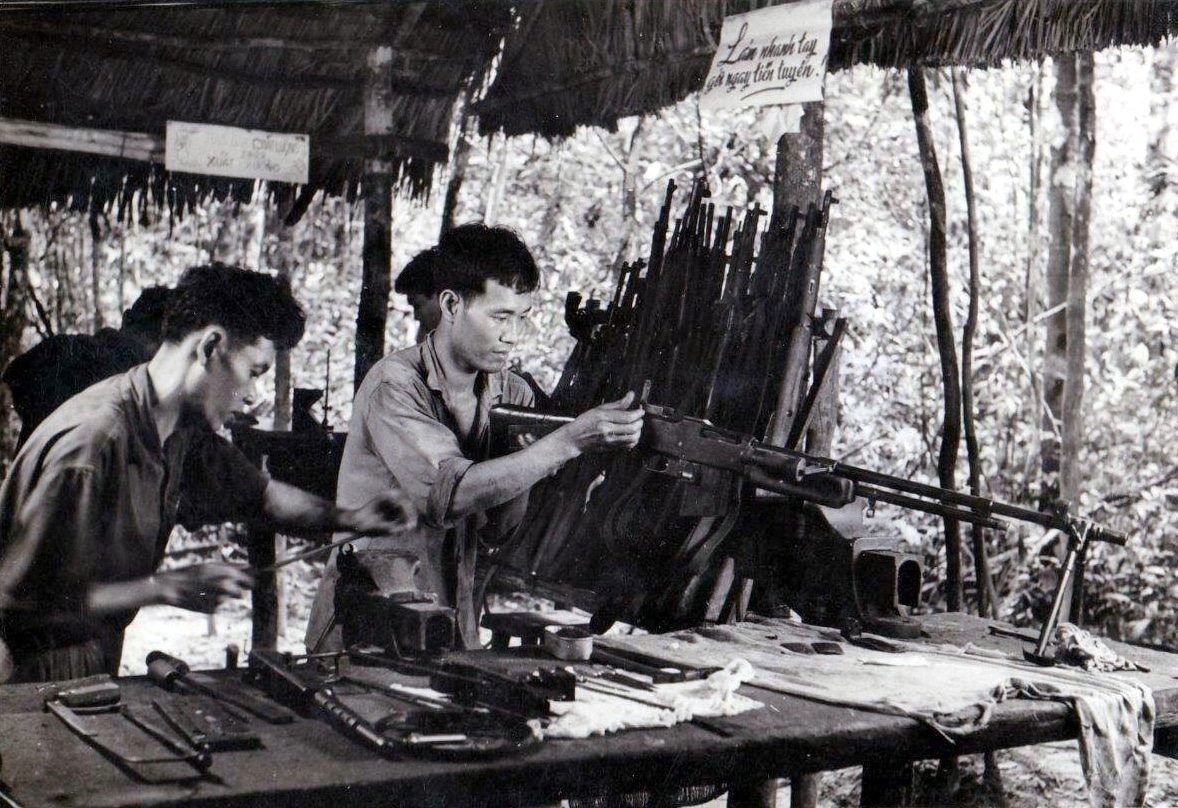
Viet Cong Pistols
The Soviet Tokarev TT-33: VC officers carried a wide range of pistols, some dating from the World War One era. By the mid-1960s a level of standardization appeared in the form of the effective Tokarev (7.62x25mm) pistol with an eight-round magazine.
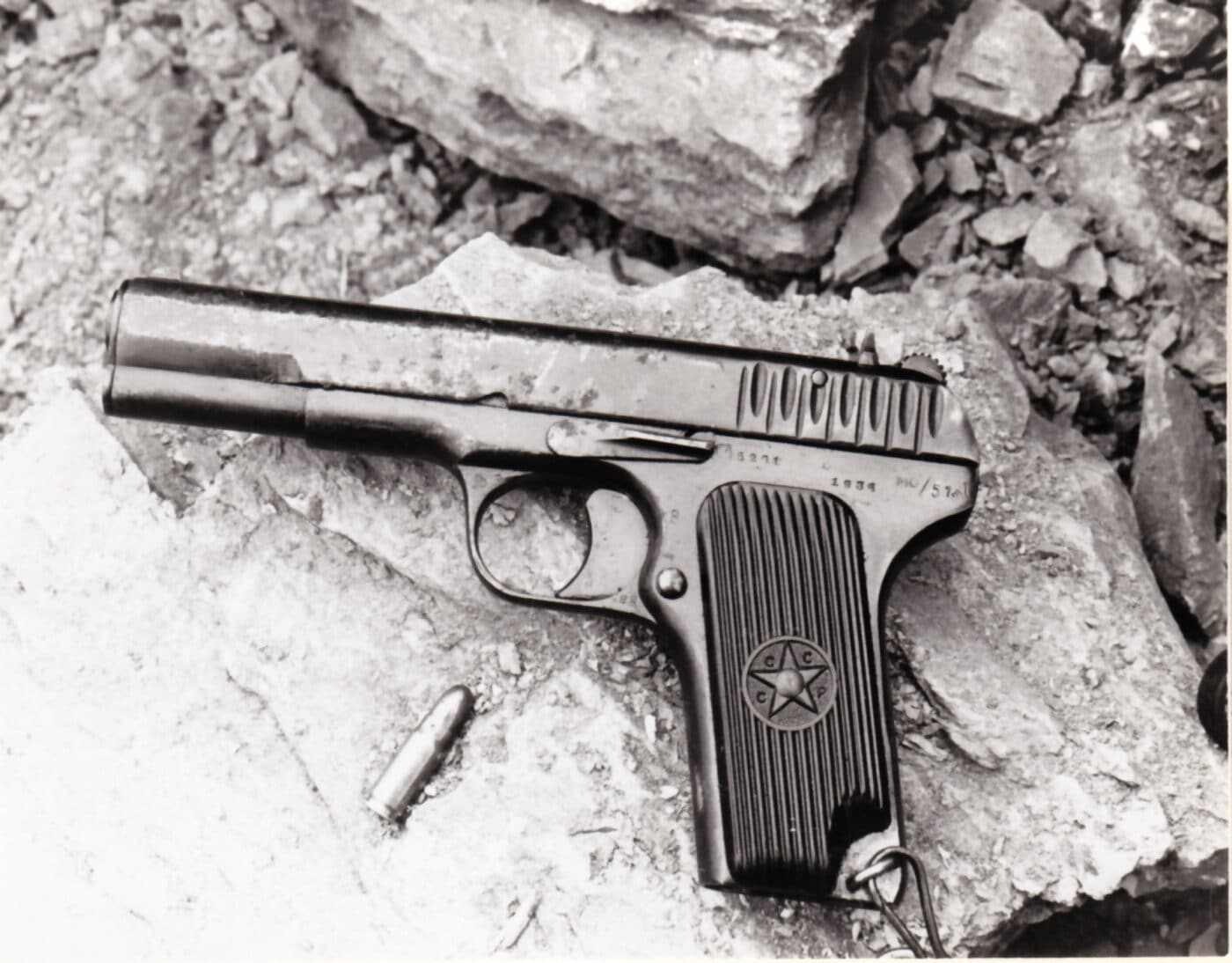
Viet Cong Submachine Guns
The US Thompson Sub-Machine Gun (SMG): America sent a large amount of Thompson SMGs to China during WWII, and many were given to South Vietnam as military aid in the early 1960s. The VC acquired many Thompson guns from their ARVN opponents, capturing, stealing or even buying them. The VC commonly removed the stock of the Thompson gun to save weight.
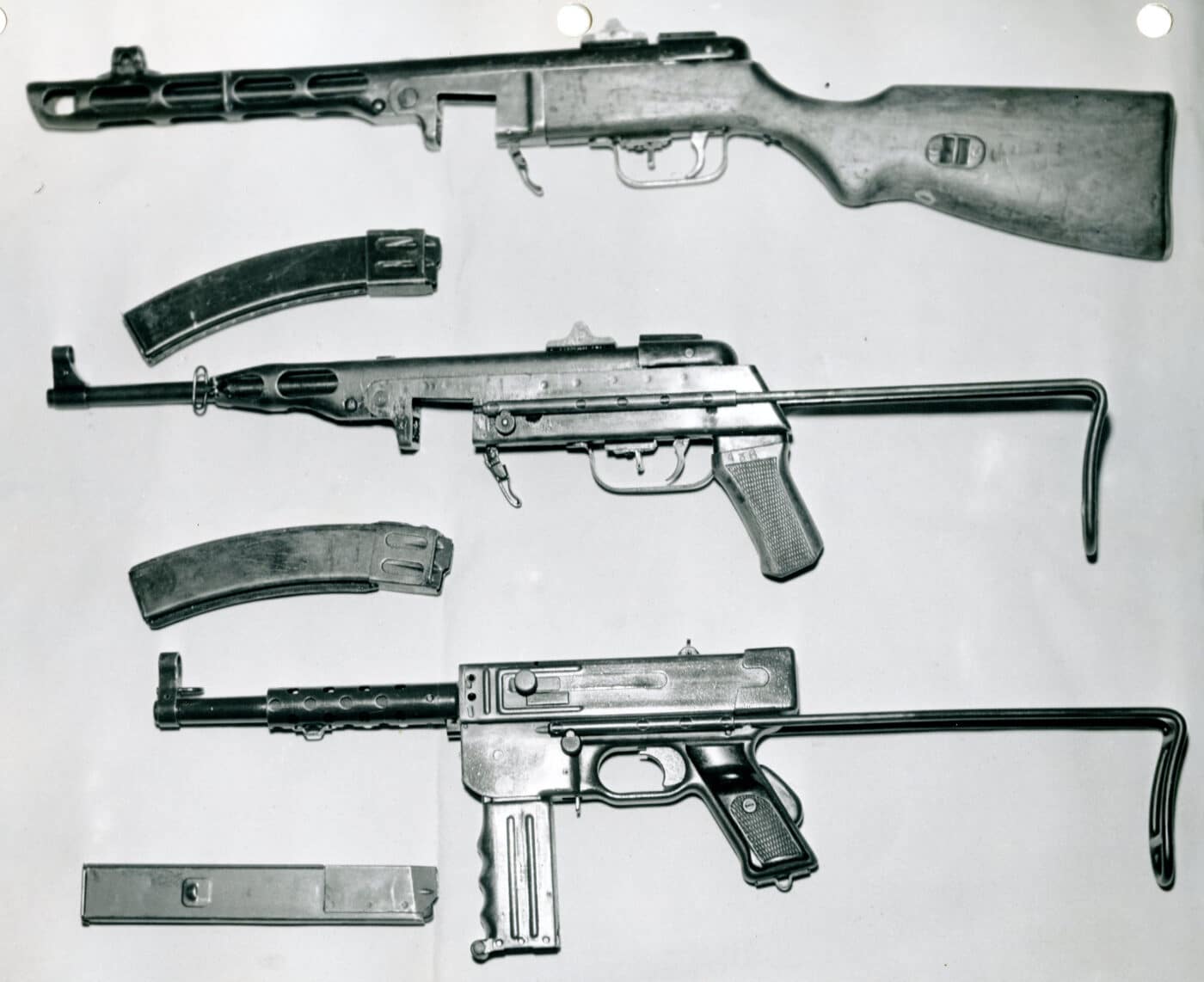
The US M3/M3A1: Similar to the Thompson SMG, the M3 “Grease Gun” was supplied in large amounts to the South Vietnamese.
The French MAT-49: A holdover from the first Indochina War with the French. The MAT-49 was an effective submachine gun, chambered in 9mm. A highly compact weapon, easily concealable for VC covert actions. The North Vietnamese rechambered many of their MAT-49s to 7.62x25mm Tokarev.
The Soviet PPSh-41/Chinese Type 50: The PPSh-41 was widely distributed among Soviet satellite nations, and the Chinese provided their Type 50 copy in great numbers to the Vietnamese communists. Its 900 rpm cyclic rate gave the VC tremendous short-range firepower.
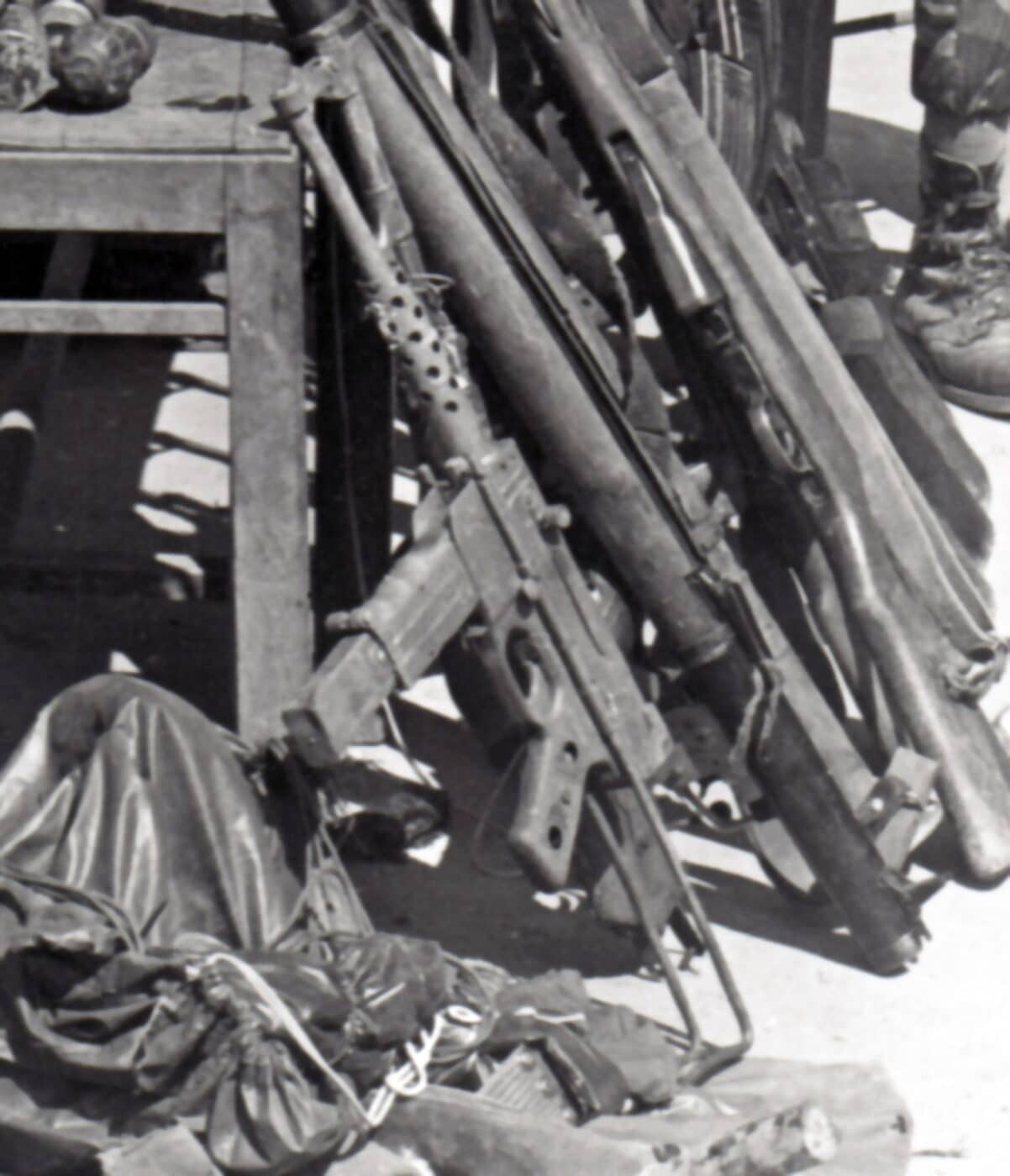
The North Vietnamese K-50M: The North Vietnamese created their own SMG, using the Chinese Type 50 as the base weapon, and adding features like the French MAT-49 including a pistol grip, collapsing wire stock, and a shortened barrel. The K-50M was made from 1958 through 1964.
The Soviet PPS-43/Chinese Type 54: The PPS was the second WWII-era Soviet SMG in the VC arsenal. The folding stock PPS (or Type 54) was chambered in 7.62x25mm Tokarev and stayed in VC service until the end of the war.
Viet Cong Rifles
US M1 Garand: A large amount of M1 rifles were provided to South Vietnamese troops, and the Viet Cong acquired their share via battlefield capture. The Garand was an excellent rifle, albeit a bit too large for the slightly built Vietnamese.
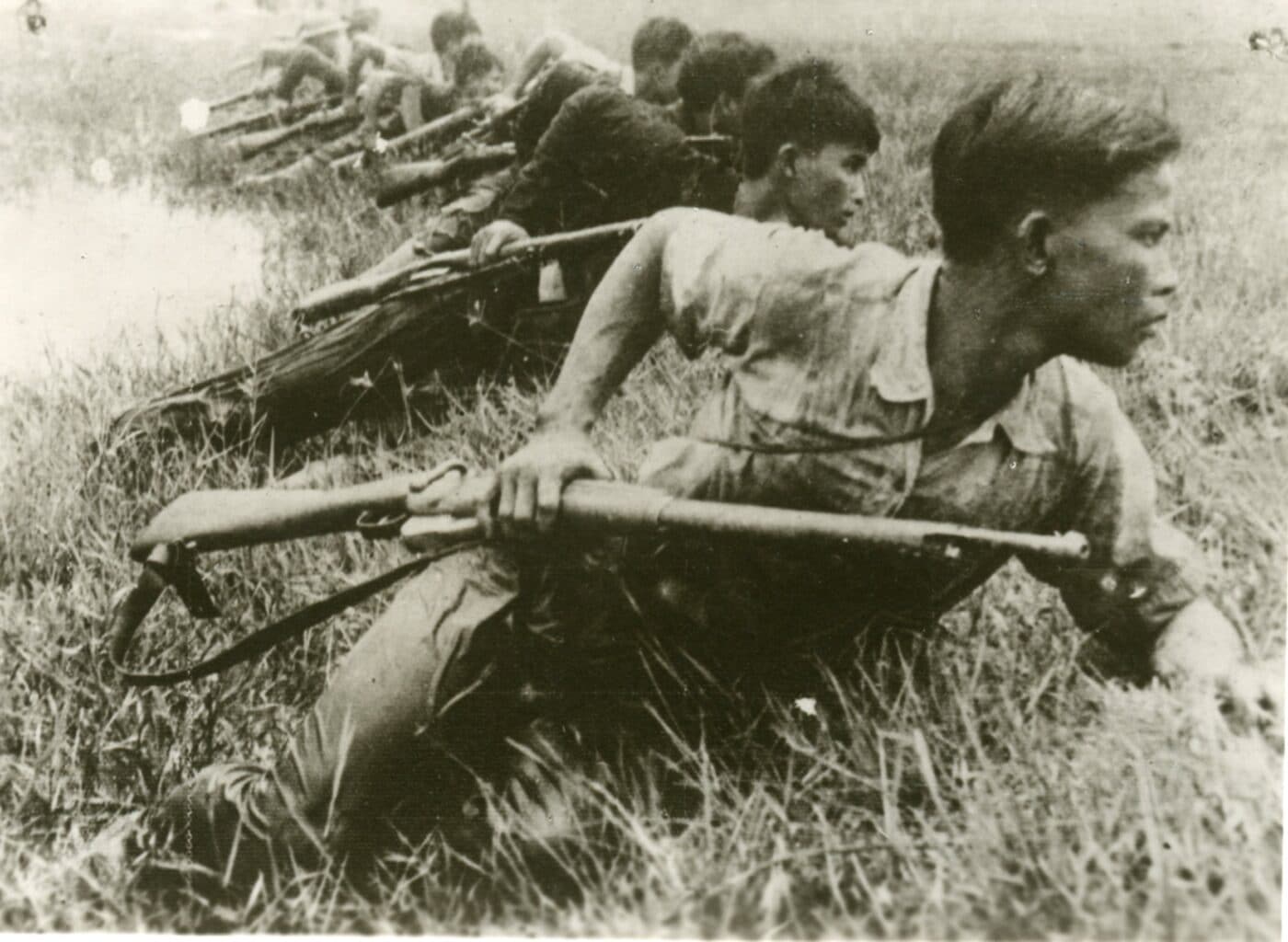
US M1/M2 Carbine: The M1 Carbine was popular with Vietnamese troops for its light weight and short-range firepower. The VC acquired many, and frequently removed the buttstock and shortened the barrel to create a compact SMG (using the selective fire M2 Carbine).
US M1917 Enfield Rifle: The bolt-action M1917 rifle was provided to Chinese Nationalist forces during WWII, and then falling into communist hands during the Chinese Civil War. A number of them were passed on to the VC during the early 1960s.
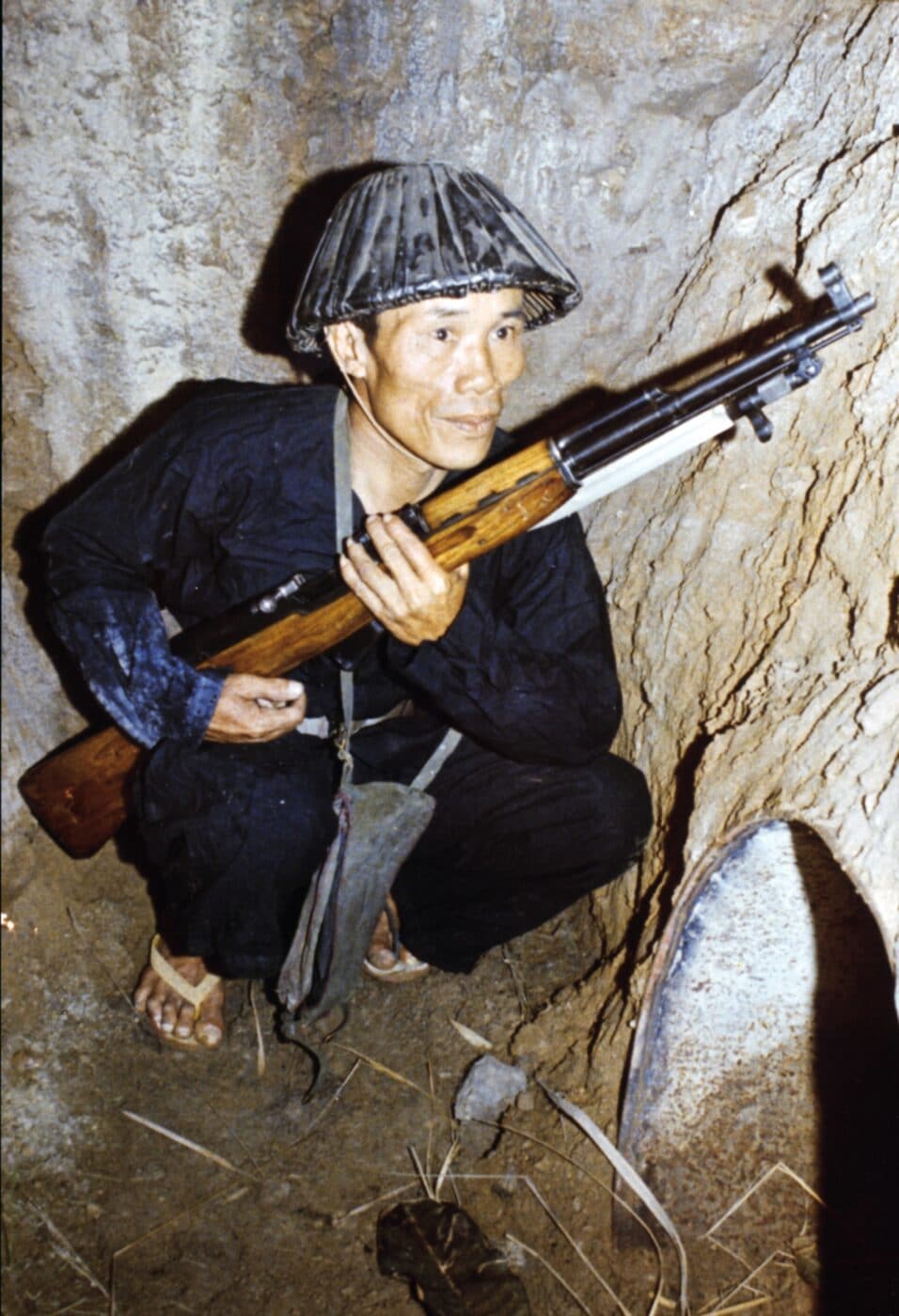
French Berthier Rifle & Carbine: These elderly bolt-action rifles, chambered in 8mm Lebel, were holdovers from the French colonial era. Small numbers of Berthier rifles and carbines were found in local VC units until the mid-1960s.
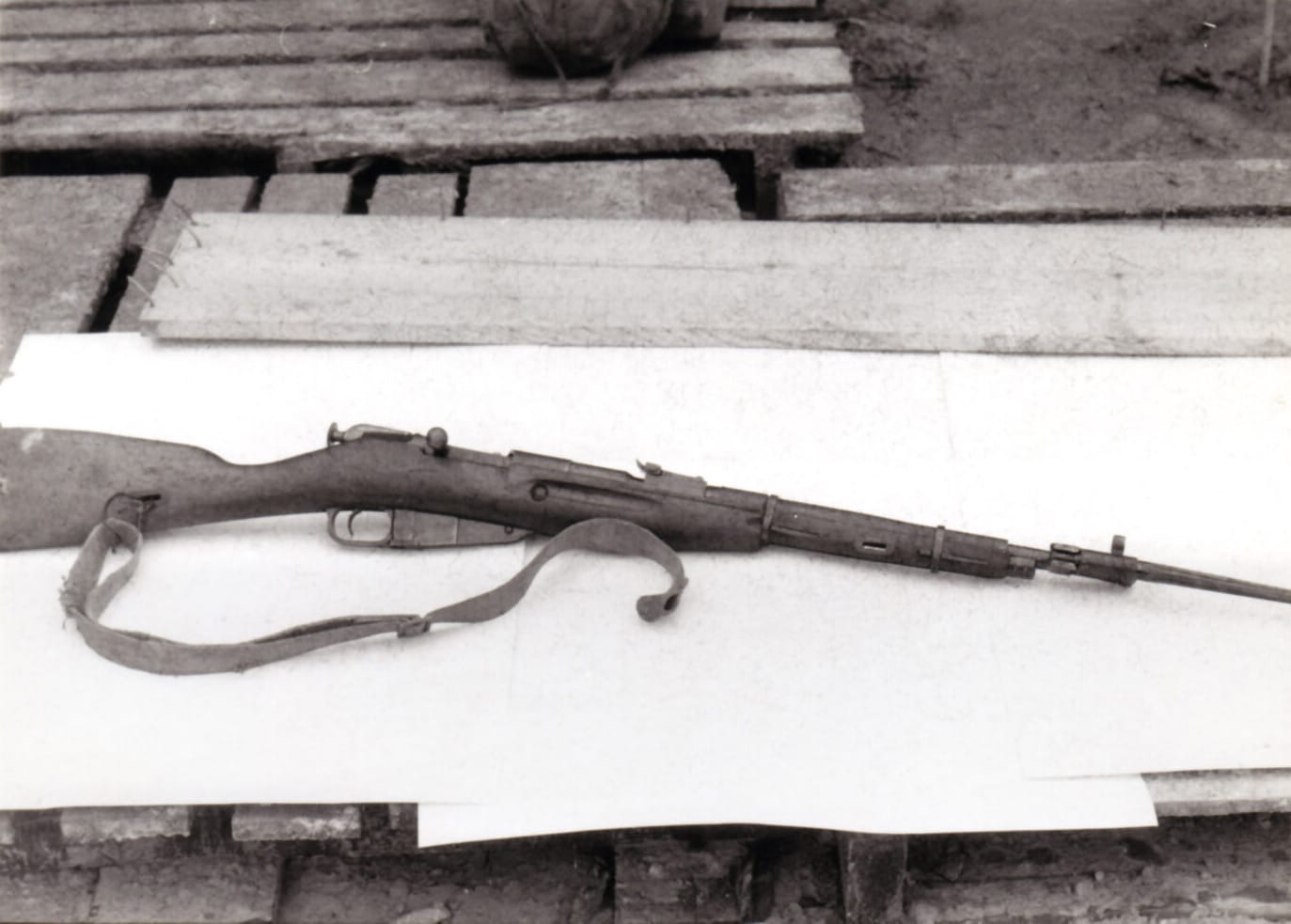
French MAS-36 Rifle: The bolt-action MAS-36 (7.5x54mm French) was widely used in the First Indochina War during the 1950s, and many that were captured or left behind after the French withdrawal ended up in VC hands.
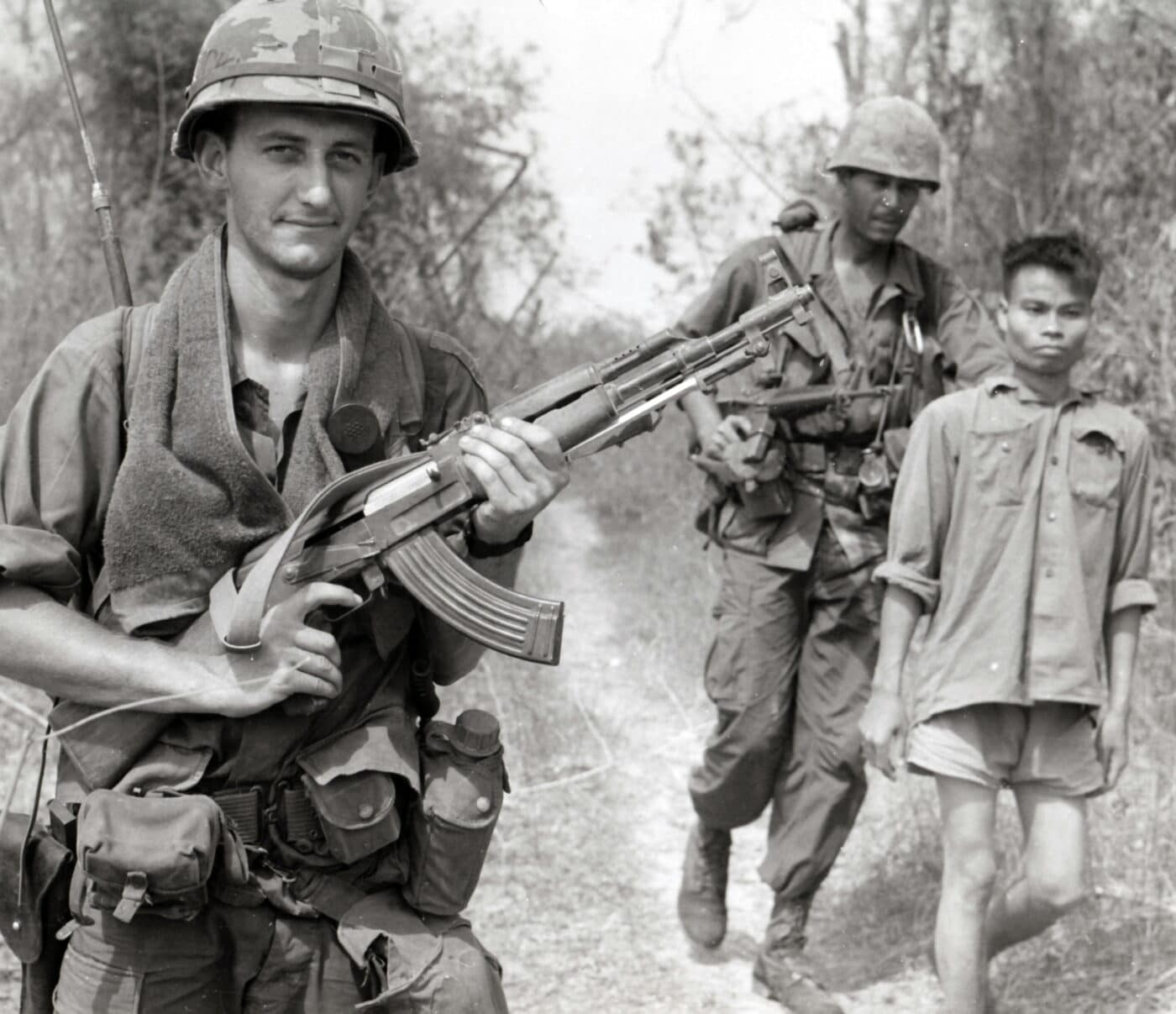
Soviet M1891/30 Rifle & M1944 Carbine (Chinese Type 53): The Viet Cong were supplied with a few of the full-sized M1891/30 rifles (including limited numbers of the sniper rifle variant). Meanwhile, the Chinese Type 53 copy of the M44 Carbine, equipped with a distinctive folding triangular blade bayonet, was commonly found among local VC units.
Conclusion
Clearly, the VC were very adept at employing a wide variety of weapons in a range of chamberings. By utilizing what they had access to and adapting them to their needs where they could, the VC managed to remain a consistent threat to American forces during the Vietnam conflict.
Editor’s Note: Please be sure to check out The Armory Life Forum, where you can comment about our daily articles, as well as just talk guns and gear. Click the “Go To Forum Thread” link below to jump in and discuss this article and much more!
Join the Discussion
Continue Reading
Did you enjoy this article?

 532
532




